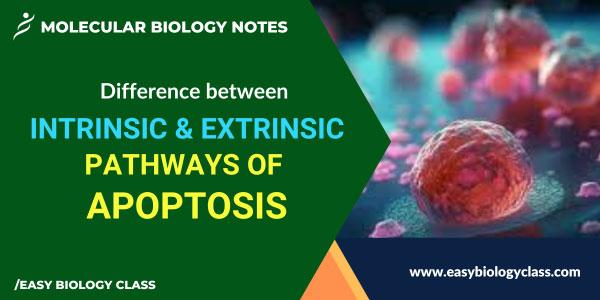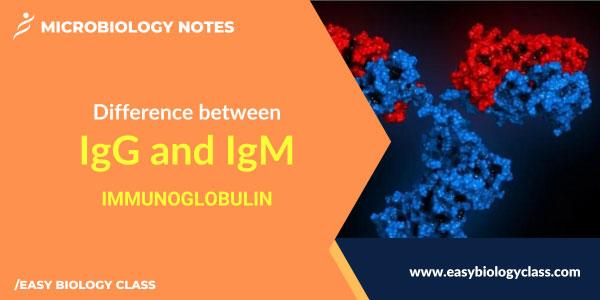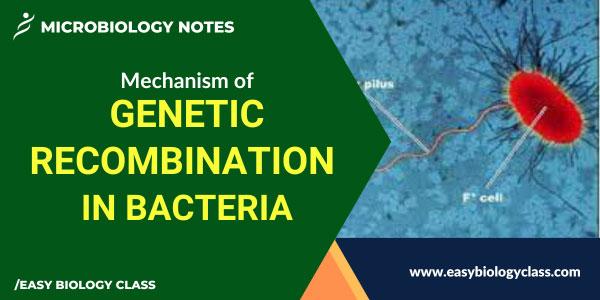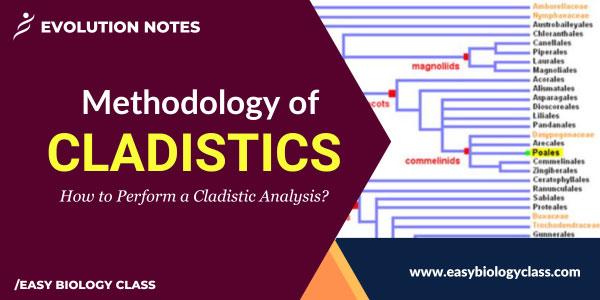Cyanobacteria and bacteria are both prokaryotic single celled microorganisms, but cyanobacteria are a specific group known as blue-green algae. The primary difference is that cyanobacteria can perform photosynthesis due to their chlorophyll-containing cells, while typical bacteria cannot. This ability allows cyanobacteria to produce oxygen and is responsible for their characteristic […]
Continue ReadingDifference between Intrinsic and Extrinsic Pathways of Apoptosis
The intrinsic and extrinsic pathways are two mechanisms of apoptosis or programmed cell death. This classification is based on the source of stimuli that induces the apoptotic cell death. Intrinsic Pathway: This pathway is initiated within the cell due to internal stress, such as DNA damage or cellular damage. It […]
Continue ReadingDifference between IgG and IgM Antibodies
IgG (Immunoglobulin G) and IgM (Immunoglobulin M) are types of antibodies produced by the immune system. IgG is the most abundant antibody, providing long-term immunity against pathogens, while IgM is the first antibody produced in response to an infection, providing initial defines. Both play crucial roles in the body’s immune […]
Continue ReadingMechanisms of Genetic Recombination in Bacteria and its Significance
Genetic recombination is a fundamental process in the world of microbiology, playing a pivotal role in bacterial evolution and adaptation. Bacteria, despite their simple unicellular structure, possess remarkable genetic diversity and adaptability. This is primarily due to their ability to engage in genetic recombination. This process allows bacteria to acquire […]
Continue ReadingHow to Perform Cladistic Analysis?
Cladistics is a phylogenetic classification method based on shared evolutionary traits, emphasizing common ancestry and phylogenetic relationships among organisms. Performing a cladistic analysis of a group of taxa involves a systematic process of character coding, character state identification, and the construction of a cladogram (phylogenetic tree). Here are the basic […]
Continue Reading




